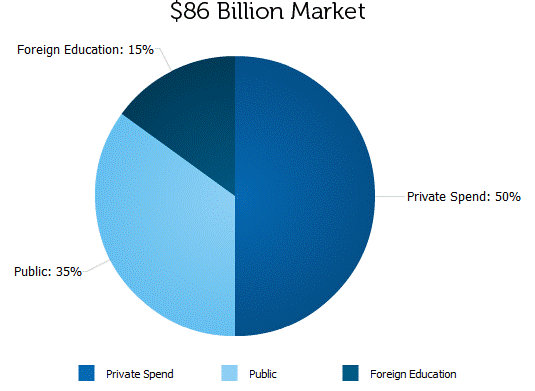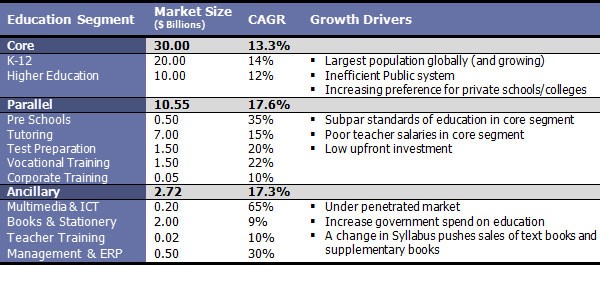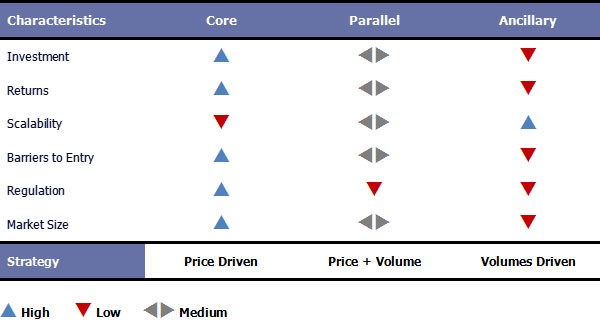EDUCATION SECTOR
The current system of education came into being at the turn of the 19th century to meet the needs of industrialism. Over the last one hundred years, the world has evolved significantly.
The world population increased from 1.65 in 1990 to approx 6.8 billion currently and is expected to increase to over 9 billion by 2040. UNESCO projects that, in the next 30 years, worldwide more people will be graduating through than since the beginning of history putting significant pressures on our education systems. “Academic Inflation” is already widely prevalent, more so in developing countries with large populations, which results in a decline in the value of a academic degree that a person holds.
Additionally, in the last few decades, global economies have become much interconnected due to an exponential growth in global trade, increased interdependence of financial markets and greater mobility of workforce. The complexity of interaction between global participants has contributed to the need for developing a global/universal outlook to education.
The Indian Education Sector (IES) caters to a population of 600 million people between the ages of 0-30 years. It is one the largest capitalized spaces in India with an annual government spend of $30 bn (2006; at ~3.7% of GDP) and an annual private spend of $43.2 bn. In addition, approximately 150,000 students travel to foreign countries every year and spend about $13 bn on education. This puts the entire education sector market size at $86.2 bn.

The $43.2 bn private spend can be categorized into three distinct segments, which are described in the table below:

Each segment has its own unique characteristics and a summary of analysis of each segment is depicted in the following table:

